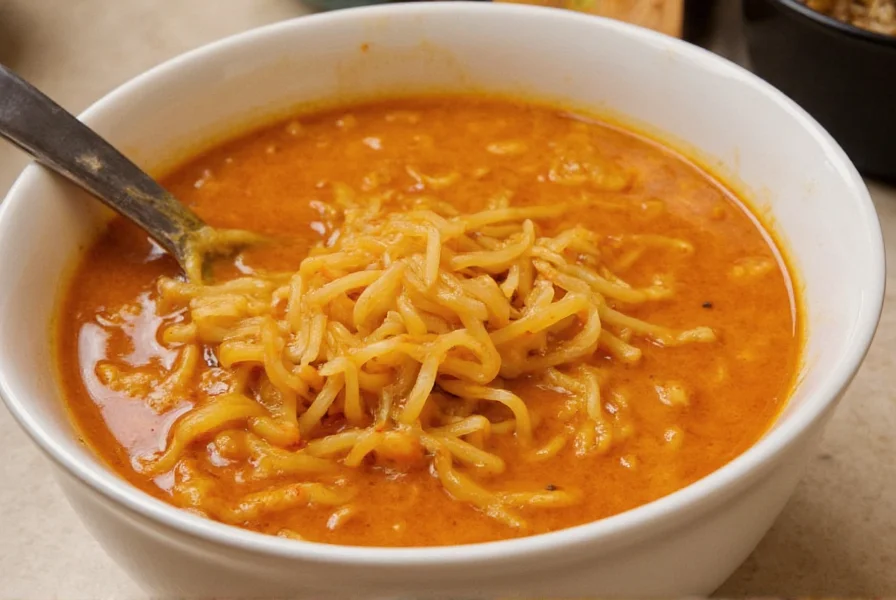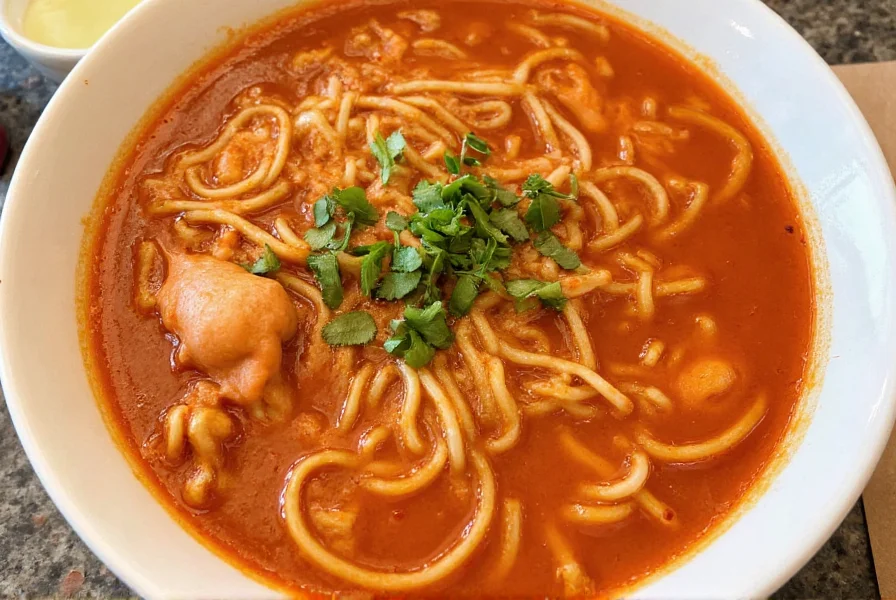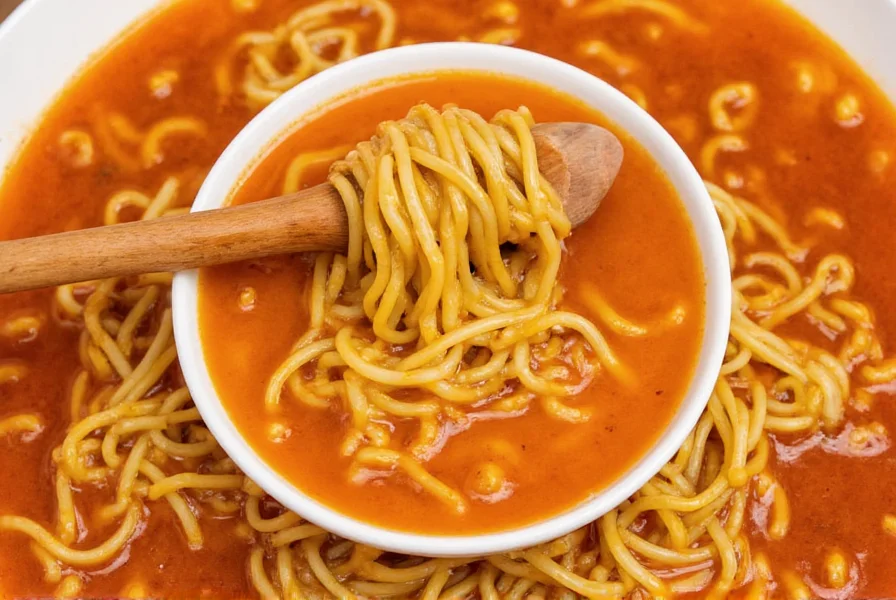When exploring how to add cayenne pepper to ramen, understanding the delicate balance between heat and flavor is essential. This versatile spice transforms ordinary instant or homemade ramen into a restaurant-quality experience with minimal effort. Unlike pre-spiced ramen packets that often contain artificial flavors, fresh cayenne delivers a cleaner, more vibrant heat profile that complements rather than overwhelms the umami foundation of quality ramen broth.
The Science Behind Cayenne in Ramen Broth
Cayenne pepper contains capsaicin, the compound responsible for its heat, which binds with pain receptors in the mouth. When properly incorporated into ramen, cayenne doesn't just add spiciness—it enhances the perception of other flavors through a phenomenon called flavor layering. The moderate heat stimulates saliva production, which helps distribute umami compounds across your taste buds more effectively.
Unlike chili flakes that provide texture along with heat, cayenne's fine powder consistency ensures even distribution throughout the broth. This uniformity prevents the 'spicy patch' problem common with coarser spices, creating a consistent flavor experience from first spoonful to last.
Perfect Measurements for Cayenne Pepper Ramen
Getting the best amount of cayenne for ramen soup requires precision. Consider these guidelines based on spice tolerance:
| Spice Preference | Cayenne Amount (per serving) | Equivalent Measurement |
|---|---|---|
| Mild | 1/8 teaspoon | Pinch (about 6-8 shakes from standard shaker) |
| Moderate | 3/16 teaspoon | Small pinch (about 10-12 shakes) |
| Medium-Hot | 1/4 teaspoon | Firm pinch (about 15 shakes) |
| Hot | 3/8 teaspoon | Generous pinch (about 20-25 shakes) |
For cayenne pepper ramen recipe development, always start with less than you think you'll need. You can always add more spice, but you cannot remove it once incorporated. Professional ramen chefs recommend tasting your broth before final seasoning, then adjusting cayenne in small increments.

Timing Matters: When to Add Cayenne to Ramen
The when to add cayenne to ramen broth question significantly impacts flavor development. Adding cayenne too early causes the volatile aromatic compounds to evaporate during prolonged cooking, leaving primarily heat without the nuanced flavor notes.
For instant ramen: Add cayenne during the last 2 minutes of steeping after removing from heat. For homemade broth: Incorporate during the final simmer stage, approximately 3-5 minutes before serving. This timing preserves the spice's bright, peppery notes while allowing sufficient time for the capsaicin to distribute evenly through the liquid medium.
Flavor Pairing with Cayenne Pepper Ramen
Understanding the cayenne pepper ramen flavor profile helps create balanced dishes. Cayenne works exceptionally well with:
- Garlic and ginger - creates a foundational aromatic base that complements cayenne's heat
- Sesame oil - adds nuttiness that tempers the spice's intensity
- Lime or rice vinegar - provides acidity that brightens the overall profile
- Soy sauce or tamari - enhances umami while balancing heat
- Green onions - adds freshness that contrasts with the warming spice
Avoid pairing cayenne with extremely sweet elements in ramen, as this can create an unbalanced flavor profile. The cayenne pepper vs other spices in ramen comparison shows it delivers cleaner heat than chili garlic sauce or sriracha, which contain additional ingredients that may conflict with traditional ramen flavors.
Common Cayenne Ramen Mistakes to Avoid
Many home cooks make these errors when creating spicy ramen with cayenne pepper:
- Adding too early - diminishes flavor complexity while maintaining heat intensity
- Not tasting before adding - different broths have varying salt and spice levels
- Using expired cayenne - loses potency and develops stale flavors over time
- Mixing with other hot sauces - creates competing heat sources that confuse the palate
- Skipping acid balance - lemon or vinegar helps round out the spicy experience

Creating Your Perfect Cayenne Ramen Experience
For the ultimate homemade spicy ramen with cayenne, follow this simple method:
- Prepare your base broth according to package or recipe instructions
- During the final 5 minutes of cooking, add aromatics like garlic and ginger
- Remove from heat and stir in 1/8-1/4 teaspoon cayenne per serving
- Add 1/2 teaspoon rice vinegar or lime juice to balance the heat
- Let steep for 2-3 minutes before adding noodles and toppings
This technique preserves cayenne's volatile compounds while allowing sufficient time for flavor integration. The addition of acid is crucial—it doesn't reduce the heat level but creates a more rounded, complex flavor experience that prevents the spice from dominating the dish.
Storage and Usage Tips for Cayenne Pepper
To maintain optimal flavor for your ramen creations, store cayenne pepper in an airtight container away from light and heat. Properly stored, it retains peak potency for 6-12 months. Check freshness by rubbing a small amount between your fingers—if you feel significant heat and smell a distinct peppery aroma, it's still viable for your cayenne pepper ramen recipe development.











 浙公网安备
33010002000092号
浙公网安备
33010002000092号 浙B2-20120091-4
浙B2-20120091-4